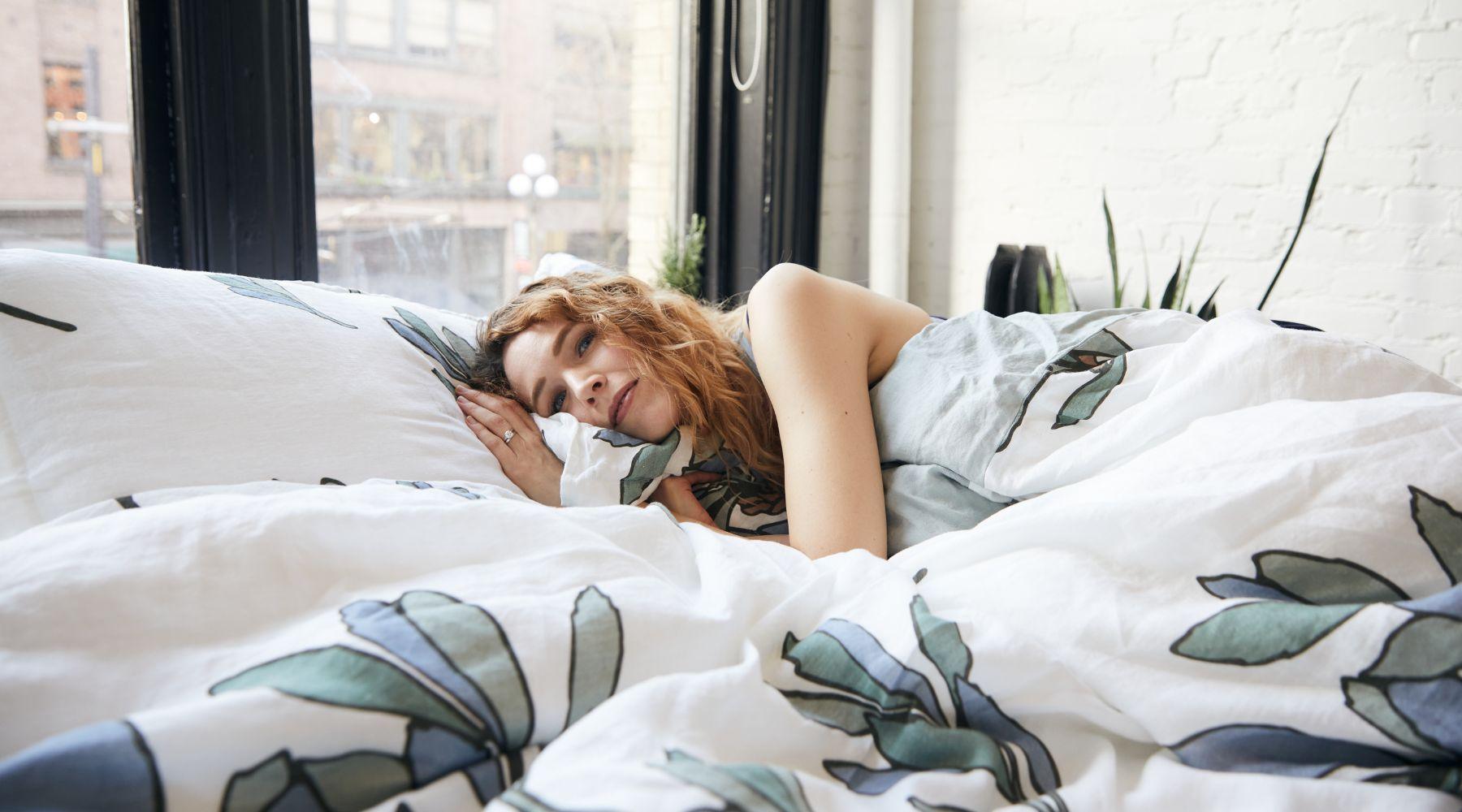
What Type of Linen is Best for Bedding?
Not all linen is created equal—find out which type is best when it comes to super soft, long-lasting bedding that will stand the test of time.
What Do We Mean By ‘Linen’?
The dual meaning of the word “linen” can sometimes be confusing—especially when searching online. “Linen” originally referred only to the textile made from the flax plant, which—as the world’s oldest textile—would once have been the only fabric available. Perhaps because of this, the definition of “linen” has since expanded to include any textile used for bedding: cotton, polyester, and silk, as well as linen itself.
When we talk about linen, however, we’re referring only to the textile. Because—and this will come as no surprise to anyone who’s browsed our store—we believe that linen is by far the best bedding fabric from a comfort, health, ethical, and environmental perspective. For more on what makes linen superior, check out our dedicated blog post.
However, different linen products can vary greatly depending on the grade of linen, where it’s produced, and the chemicals that are (or aren’t) used during production. That’s what we’ll be focusing on in this post.

Isn’t Linen Scratchy?
If you’ve never slept on high-quality, organic linen bedding, you might have only seen linen in the context of upholstery, ropes, or sacking. This sort of linen is tough and durable, but also scratchy—you wouldn’t want to sleep on it!
Linen, however, comes in different grades—it can be coarse or fine, depending on multiple factors. One of these factors is harvest timing: an earlier harvest results in a finer fiber, whereas a later harvest results in a coarser fiber. Farmers must find the optimal timing: too early, and the flax seeds will not yet be ripe; too late, and the fiber becomes brittle.
After the fibers have been extracted from the flax harvest, they are taken for scutching, which is the process that separates the long and short fibers. Short fibers are used to make industrial composites such as dollar bills and car interiors, whereas long fibers are used to make fashion and home textiles—including bedding. Even after the long fibers have been separated, they are then graded and separated further according to quality.
The roughness (or smoothness) of the final linen fabric also depends on the way it is woven. Most linen bedding uses close-woven linen, which means that the strands are tightly compacted with little space in between. This type of linen is also known as “sheeting linen.”
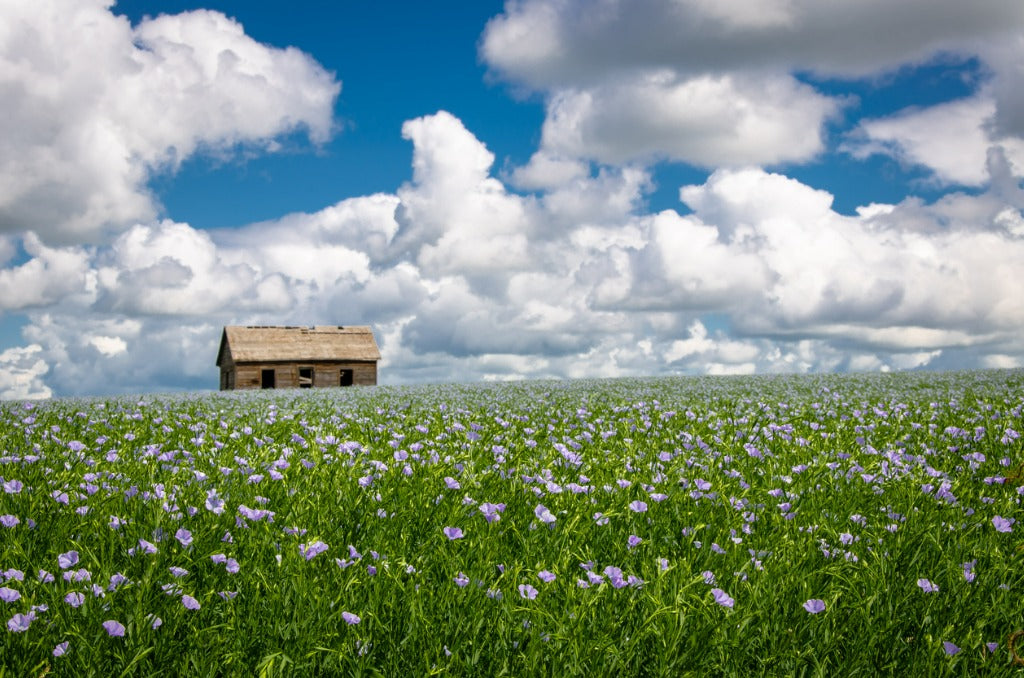
Where is the Best Flax for Linen Bedding Grown?
You may have heard that the best flax for linen is grown in Belgium. Indeed, Roman emperor Julius Caesar commented on the quality of linen from Flanders, Belgium as early as 100BC. Today, the Belgian Flax & Linen Association is responsible for authenticating and certifying products with the Belgian Linen™ trademark. To qualify as Belgian Linen, the linen fabric must be woven in a Belgian mill.
Curiously, however, the requirements don’t stipulate that the flax be grown in Belgium—only that it must consist of 85% flax grown in the European Union. In its way, this is an acknowledgement that there are other countries that grow flax that is equal to Belgian flax. Specifically, these are the countries on either side of Belgium: France and the Netherlands. As specified on the Belgian Linen website, there is a particular region—stretching from Caen in France to Amsterdam in the Netherlands—where the climate is moist and temperate, and the soil is of excellent quality. This region is often referred to as the “flax belt” of Europe.
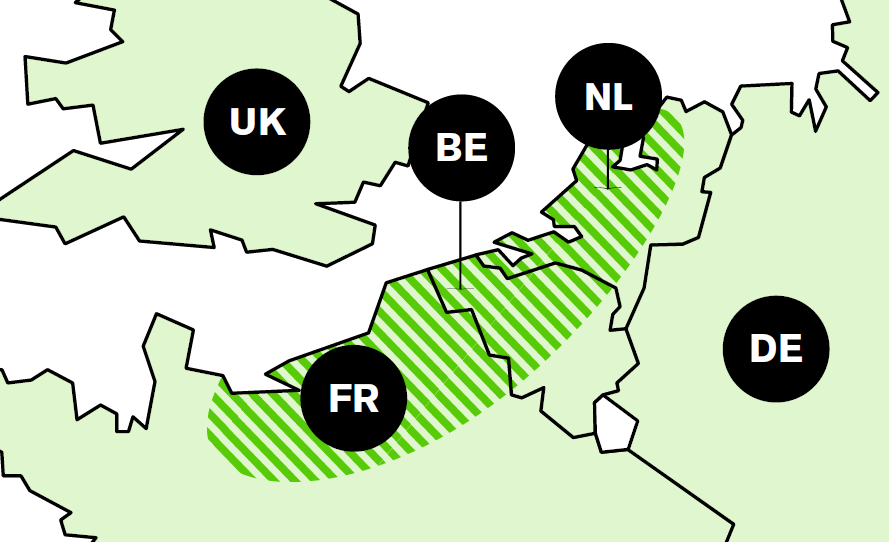
In this region, flax thrives naturally—there is no need to add artificial fertilizers, pesticides, or irrigation, so the flax can be grown organically (more on the advantages of organic linen below). Both France and the Netherlands have a long history of linen production. French artisans once dressed courtiers in fine linen garments, and the Dutch town of Haarlem was a major center for linen production in the 17th century. Flax can be grown in other parts of the world, such as Eastern Europe and China, but artificial fertilizers, pesticides, and processing chemicals must be added, resulting in an inferior product.
There’s an easy way to identify European bedding—by looking for the European Flax® label. This certifies that the flax has been produced exclusively in France, Belgium, and the Netherlands. All European Flax producers must sign the European Flax charter: this guarantees local farming that respects the environment, with zero waste, zero genetically modified organisms (GMOs), and zero artificial irrigation. Scutching is done 100% mechanically, with no chemicals used in the process. All work must comply with the International Labour Organization (ILO)—one of the oldest specialized agencies of the UN, the ILO remains committed to advancing social and economic justice.
At The Modern Dane, we’re proud to say that all our organic linen bedding is made from 100% certified European Flax®, sourced from France, Belgium, and the Netherlands and woven in the picturesque Portuguese town of Guimaraes where the finest linens have been produced for centuries.
Is Organic Linen Better?
We’ve written at great length about the ethical and environmental benefits of organic linen bedding: organically-grown flax is better for wildlife, local communities, and marine life, as there is no chemical runoff into waterways. But there’s another benefit: it’s also better to sleep on.
Because organic linen hasn’t been subjected to weakening chemicals, the fabric will keep its shape and smoothness, remaining in good quality for years.
The lack of chemicals also aids in one of linen’s most important properties—thermoregulation and breathability. Thanks to natural pores along the length of the linen fiber, organic linen duvet covers will wick away excess moisture and maintain your body temperature. Adding chemical softeners may block the pores in linen, interfering with these natural properties.
At The Modern Dane, we sell 100% organic linen bedding in plain colors and Nordic nature designs. As well as being moisture-wicking and thermoregulating, they’re also hypoallergenic and antibacterial.
Do you have any linen furnishings (or clothing) in your home? Have you noticed any differences in the quality of linen used for different purposes? Let us know on


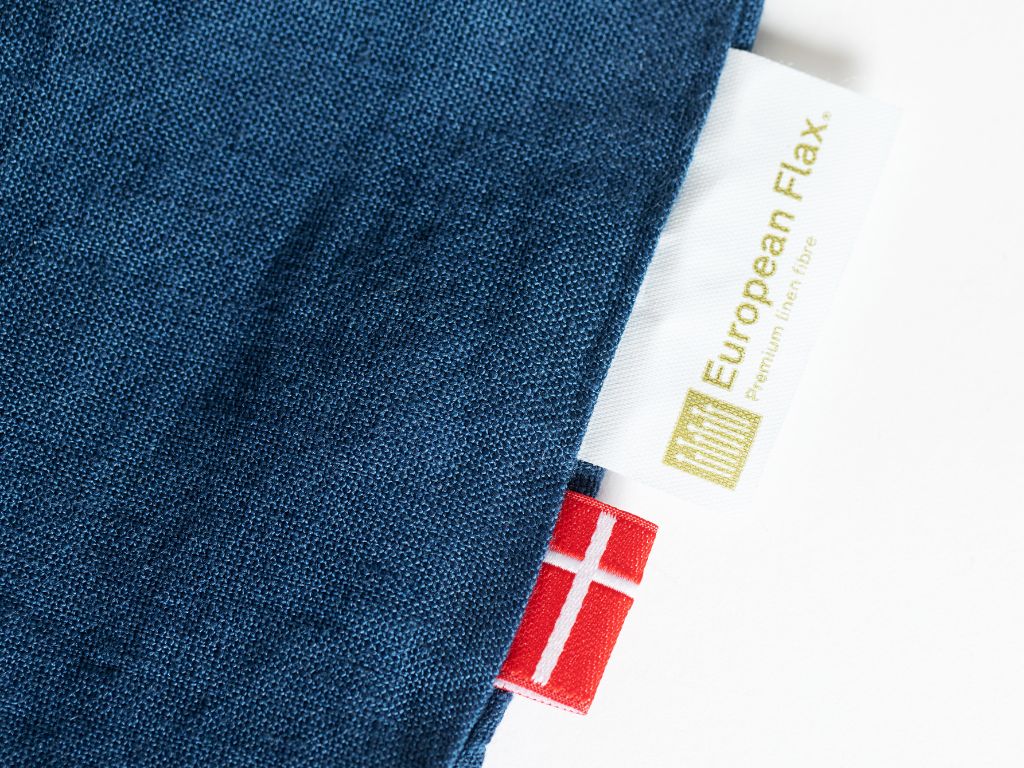

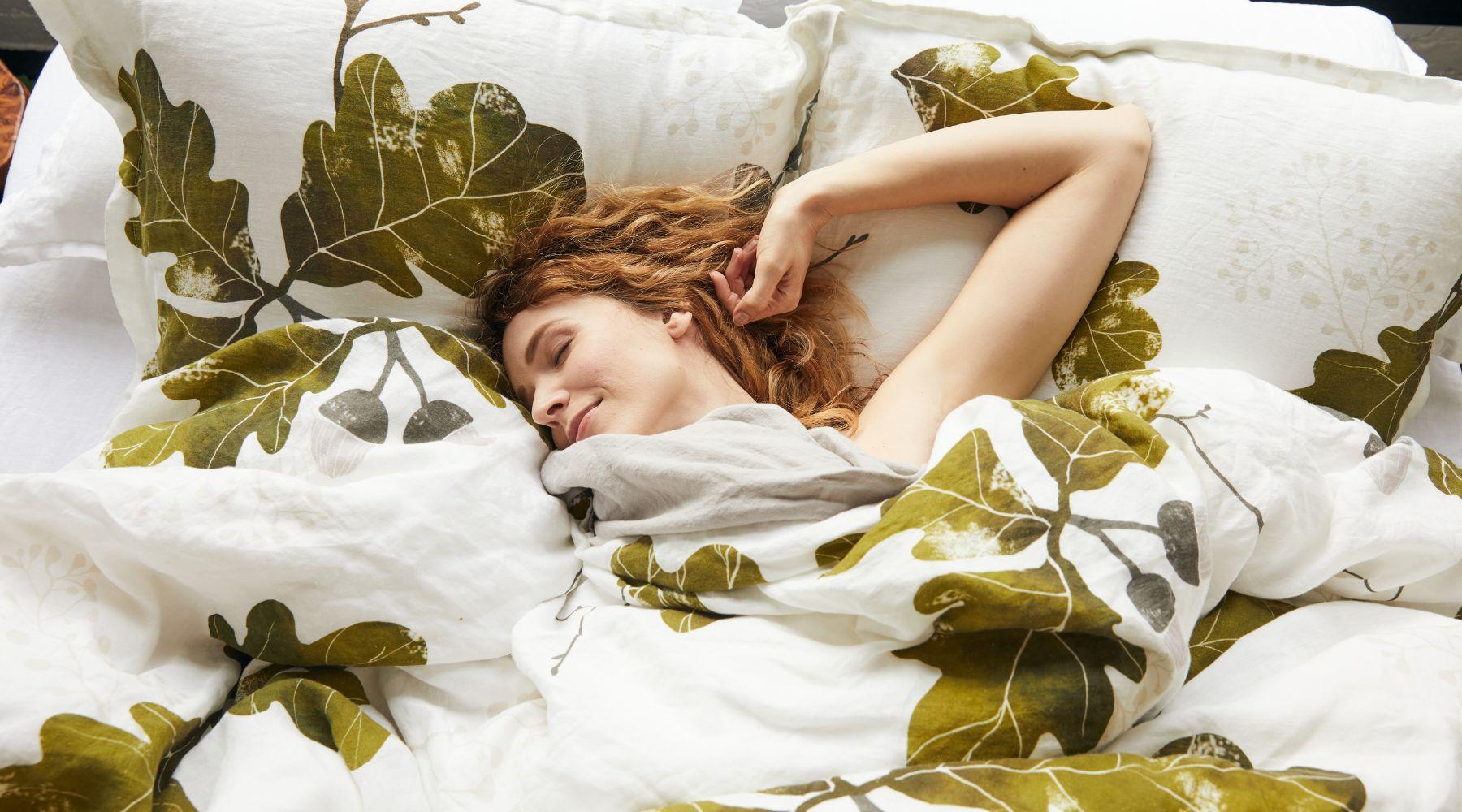


Leave a comment
This site is protected by hCaptcha and the hCaptcha Privacy Policy and Terms of Service apply.